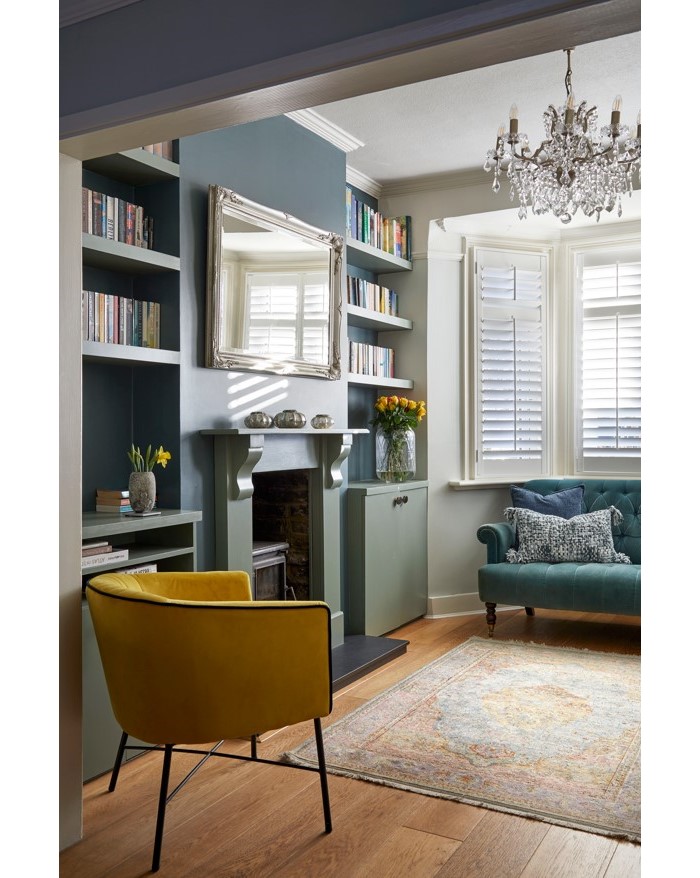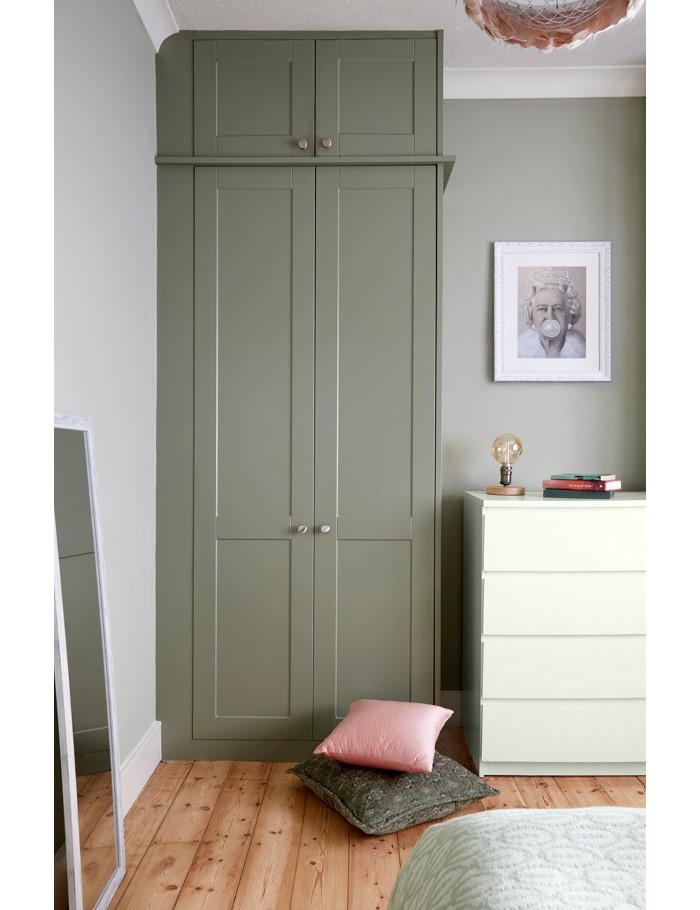Embracing Neurodiversity: Designing Inclusive Spaces
Explore how simple principles can make your designs more inclusive.
Dr Maria Xirou is a doctor who has over 20 years of experience and a specialist interest in neurodiversity. Now embarking on a career as an interior designer, Maria is applying her expertise to interior design. In today's rapidly evolving world, the concept of neurodiversity is gaining traction, challenging traditional perceptions of cognitive differences. Here is Maria's guidance on how to approach this challenge.
What is Neurodiversity?
Neurodiversity encompasses a spectrum of conditions such as Autism, Attention Deficit Hyperactivity Disorder (ADHD), Sensory Processing Disorder, Developmental Coordination Disorder, Tics and Dyslexia. While these conditions present unique challenges, they also bring forth exceptional strengths and talents that enrich our society. As awareness about neurodiversity grows, so does the need for inclusive interior design that caters to the sensory sensitivities of individuals across this spectrum.
Sensory sensitivities are a hallmark of neurodiverse individuals, influencing their perception and interaction with the environment. For many, everyday stimuli such as sounds, lights, and colours can become overwhelming, leading to discomfort and distress. As such, interior designers play a pivotal role in creating spaces that accommodate these sensitivities while fostering comfort and wellbeing.
How Can Interior Designers Help?
When embarking on interior design projects tailored for the neurodiverse, it's essential to adopt a person-centered approach. Each individual's needs and preferences must be carefully considered, emphasising consultation with both the individual and their family members. By understanding the specific sensory profiles of neurodiverse individuals, designers can tailor spaces to optimise functionality and minimise potential stressors.
Colours and Patterns
Bright colours and busy patterns can be visually overwhelming for some individuals, exacerbating sensory overload. Instead, choosing calming, monochromatic or analogous colour schemes that promote a sense of tranquillity and stability.
Neurodiverse individuals often experience comorbidities such as anxiety or depression. In depression, small quantities of bright colours can be beneficial as they can uplift mood and improve overall wellbeing.

The depicted living room belongs to a family that has encountered significant challenges, enduring low moods and anxiety for several years. Recently, they purchased their new home—a modest Victorian house in London. The light oak wooden floor, combined with the dark green and blue tones, helps to uplift the atmosphere, making the space feel less somber. The use of dark blue and green tones, along with hints of yellow, is deliberate in addressing their life's difficulties. Yellow, known for its mood-enhancing properties, complements the calming effects of dark green and blue.
Additionally, the use of textured surfaces and natural materials can add depth and visual interest without overwhelming the senses.
Flooring choices also play a significant role in creating sensory-friendly environments. Smooth, glarefree surfaces are preferred to minimise light reflection, sensory distractions and promote safety, particularly for individuals with mobility issues or sensory sensitivities. Matte finishes in soothing hues like grey or beige are favoured for their ability to create a sense of warmth and continuity throughout a space.

The colour green, renowned for its soothing and calming attributes, proves particularly advantageous for neurodiverse individuals aspiring to cultivate a tranquil bedroom atmosphere conducive to sleep. Its association with nature and growth instils a sense of stability and connectedness, while its soft, muted tones offer sensory comfort without overwhelming the senses. In the case of the old flooring, the introduction of green hues served to temper its brightness, as it was previously adorned with a vibrant oak finish. The subtle incorporation of pink alongside the green further enhances the creation of a serene and pleasant environment. By integrating green into the bedroom decor, one can effectively promote relaxation, alleviate anxiety, and nurture a sense of balance and well-being, thus facilitating a more restful and rejuvenating sleep experience.
Lighting Design
Harsh fluorescent lighting can be uncomfortable for many neurodiverse individuals, contributing to headaches and visual discomfort. Instead, incorporating soft, diffused lighting sources that provide gentle illumination without causing glare or harsh shadows can create calmness. Natural light is also highly valued for its ability to create a sense of connection to the outdoors, promote a calming atmosphere, and contribute to the circadian rhythm, which can be invaluable for individuals with neurodiverse conditions often associated with sleeping difficulties. Conversely, bright light can be disturbing for some individuals with such sensitivities.
Consider All Areas Of Interior Design
In addition to addressing sensory sensitivities, interior designers must also consider the physical abilities of neurodiverse individuals when planning spaces. For example, individuals with developmental coordination disorder who frequently lack spatial awareness, may require accommodations such as wider doorways and easily accessible furniture layouts to navigate their environment comfortably. Similarly, individuals with epilepsy or other physical disabilities may benefit from the use of non-slip and/or soft flooring materials.
Fabrics and textiles also warrant careful consideration in sensory-sensitive interior design. Soft, tactile fabrics can provide comfort and reassurance, while harsh or scratchy materials may cause discomfort or agitation. It is worth highlighting though that some neurodiverse individuals prefer more harsh fabrics as they like the sensory feedback from the fabric.
Ultimately, the goal of creating interior design is to create inclusive spaces that accommodate the diverse needs of neurodiverse individuals. By prioritising functionality, comfort, and individual preferences, designers can empower neurodiverse individuals to thrive in their environments. Embracing neurodiversity in interior design not only fosters inclusivity but also celebrates the unique strengths and talents of every individual, enriching our communities and enhancing quality of life for all.
Dr Maria Xirou's book is now available to purchase here.
Explore new resources from the BIID. Seeing a padlock? Just login or become a member to view.
Angela Bardino reflects on a landmark year for the BIID
The BIID Student Drawing Competition has now launched for 2025
Celebrate 60 years of the BIID with Past Presidents Gordon Lindsay and Christopher Vane Percy
Explore new resources from the BIID. Seeing a padlock? Just login or become a member to view.
Due by Wednesday 30th April 2025 for all learning activities undertaken in period 1st April 2024 to 31st March 2025.





